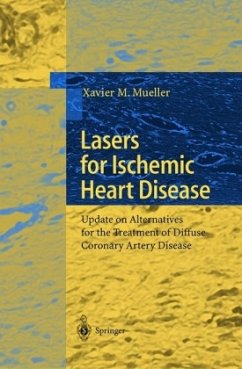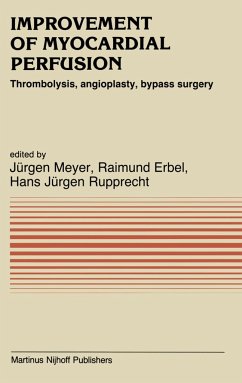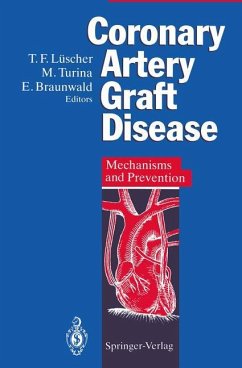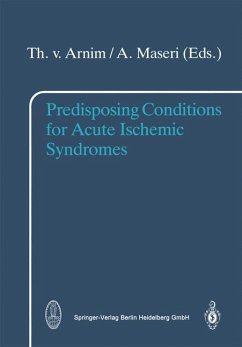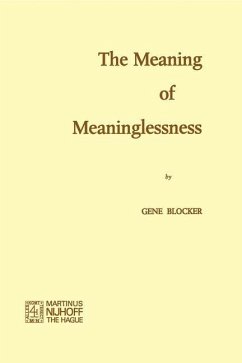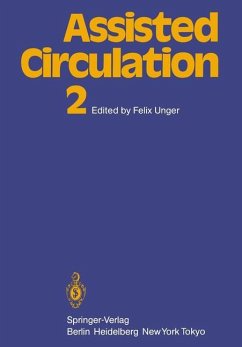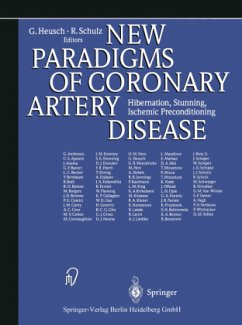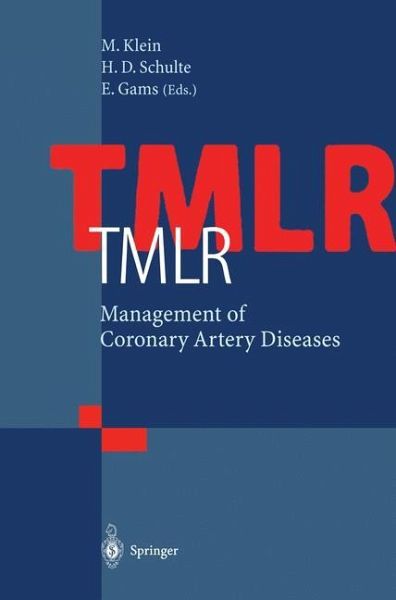
TMLR Management of Coronary Artery Diseases

PAYBACK Punkte
38 °P sammeln!
At the beginning of this century, the state of surgical technique only provided for concepts with an extracardial approach to therapy of coronary heart dis eases. Decreasing the heart activity by means of denervating the heart or thyr oidectomy, resulting in a reduction of the heart's oxygen demand, was strived at. Later, the progress of clinical surgery at the closed beating heart allowed for procedures with myocardial access. In this historical stage of indirect revascu larisation, a compensation was supposed to be stimulated operatively by pro viding an adhesion to the surrounding organs or...
At the beginning of this century, the state of surgical technique only provided for concepts with an extracardial approach to therapy of coronary heart dis eases. Decreasing the heart activity by means of denervating the heart or thyr oidectomy, resulting in a reduction of the heart's oxygen demand, was strived at. Later, the progress of clinical surgery at the closed beating heart allowed for procedures with myocardial access. In this historical stage of indirect revascu larisation, a compensation was supposed to be stimulated operatively by pro viding an adhesion to the surrounding organs or by manipulating the larger heart veins. The simple ligation of the Arteria thoracica interna in the middle third of its course - intended to increase the perfusion of pericardial branches - is based on the fundamental ignorance or misunderstanding of the haemody namic laws. The first intervention to reach temporary popularity was the im plantation of the Arteria thoracica interna into the left ventricular myocardial wall. This so-called "Vineberg procedure" was not very risky and did show some permanent improvements with respect to the patient's complaints or even the prognosis. However, this procedure has been almost completely aban doned, despite the fact that some positive long-term courses have been docu mented. Other indirect revascularisation procedures carried out in the fifties, e. g.






